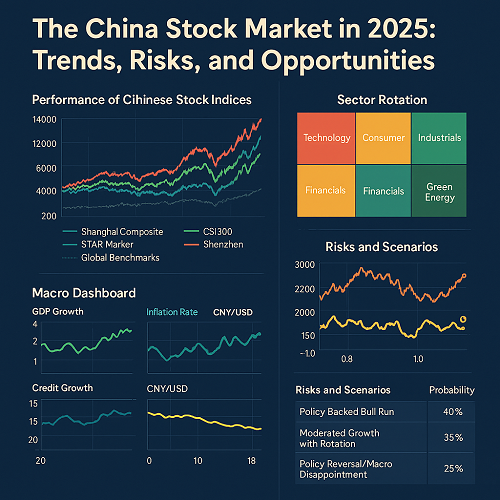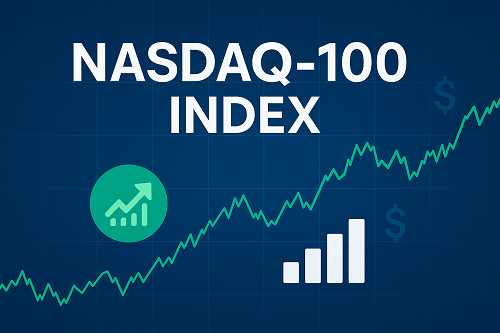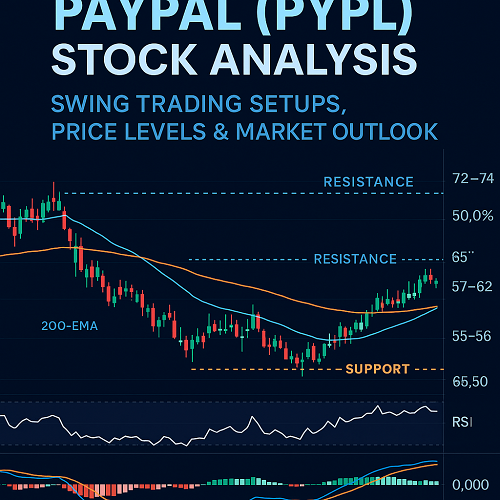As the U.S. housing market undergoes dramatic transformation driven by technology, rising rates, and shifting buyer behavior, Opendoor Technologies Inc. (NASDAQ: OPEN) has emerged as one of the most intriguing — and controversial — players in the real estate technology space. Open stock is closely watched by investors considering the company’s innovative yet pressured model.
Once heralded as a disruptor that would revolutionize how Americans buy and sell homes, Opendoor’s business model has faced immense pressure from macroeconomic headwinds and fluctuating real estate demand.
With OPEN stock still trading well below its all-time highs, many investors are asking the same question:
Is now the right time to buy Opendoor Technologies stock — or should traders stay cautious heading into 2025?
This article delivers a complete OPEN stock forecast, breaking down financials, valuation, analyst sentiment, and technical patterns to help you decide if Opendoor Technologies belongs in your portfolio.
About Opendoor Technologies (NASDAQ: OPEN)
Founded in 2014 by Eric Wu, Opendoor pioneered the “iBuying” model, allowing homeowners to sell properties directly to the company for an instant, cash-backed offer. The promise was simple — sell your home fast, skip showings and agent fees, and move on your terms.
Core Business Model
Opendoor uses advanced data analytics, AI pricing algorithms, and housing market insights to:
- Purchase homes directly from sellers.
- Make light repairs or updates.
- Resell those homes at a profit.
Revenue is primarily generated from home sales margins and ancillary services (like title, mortgage, and escrow). However, the company’s profitability is highly sensitive to real estate cycles, inventory management, and interest rates.
OPEN Stock Historical Performance
| Year | Average Share Price | Key Events |
|---|---|---|
| 2020 | $23–$30 | SPAC merger with Social Capital Hedosophia II; initial hype in iBuying model. |
| 2021 | $15–$25 | Expansion across U.S. metros; housing boom accelerates growth. |
| 2022 | $3–$10 | Rising rates crush margins; housing slowdown triggers major losses. |
| 2023 | $2–$5 | Shift to capital efficiency and reduced market footprint. |
| 2024–2025 | $2–$7 | Volatility continues; institutional interest returns cautiously. |
From a peak valuation above $15 billion, Opendoor has retraced to under $2 billion market cap as of late 2025, reflecting both housing market normalization and investor skepticism about iBuying scalability.
Financial Overview (as of Q3 2025)
Revenue
- FY2022: $15.6 billion
- FY2023: $8.0 billion
- Trailing Twelve Months (TTM): ~$7.5 billion
Revenue decline reflects Opendoor’s strategic scaling back amid rising mortgage rates and slowing home sales.
Profitability
- Gross Margin: 9–10% (down from ~12% in 2021)
- Net Income: Still negative, with narrowed losses.
- EPS (TTM): Around –$0.40
Opendoor continues to burn cash but at a slower rate, thanks to cost controls, lower inventory, and improved pricing accuracy.
Balance Sheet
- Total Assets: ~$6.2 billion
- Cash & Equivalents: ~$1.3 billion
- Long-Term Debt: ~$900 million
Liquidity remains stable, giving the firm flexibility to survive downturns — but not enough for aggressive expansion without improved margins.
OPEN Stock Technical Analysis (2025)
Current Price Range
As of early November 2025, OPEN stock trades between $4.00–$5.00, consolidating after recovering from its 2023 lows near $1.50.
Key Technical Levels
- Support: $3.60
- Resistance: $6.20
- 50-day Moving Average: $4.30
- 200-day Moving Average: $4.75
Momentum indicators show neutral to mildly bullish sentiment, with increased retail trading volume since mid-2025.
Technical Outlook
If OPEN breaks and holds above $6.50, it could trigger a short-term rally toward $8.00. A failure to maintain support near $3.50 would likely invite renewed selling pressure.
Fundamental Analysis
Valuation Metrics
- Price/Sales: ~0.25x
- Price/Book: ~1.1x
- EV/Revenue: ~0.30x
Compared to peers like Zillow (ZG) and Redfin (RDFN), Opendoor trades at a deep discount, reflecting both execution risk and limited profitability. However, its valuation could attract contrarian investors looking for turnaround plays.
Competitive Landscape
| Company | Market Cap | Core Model | Risk Exposure |
|---|---|---|---|
| Opendoor | ~$2B | iBuying + Direct sales | High (rate & housing risk) |
| Zillow | ~$12B | Marketplace + Flex model | Medium |
| Redfin | ~$1.8B | Brokerage + mortgage | Medium |
Analyst Ratings and Price Targets
- Average Analyst Rating: Hold
- Consensus Price Target: $5.80 – $7.00
- High Target: $9.00 (bull case)
- Low Target: $3.00 (bear case)
Analyst Consensus
Analysts acknowledge Opendoor’s improving efficiency and shrinking losses, but remain cautious given uncertain housing market dynamics.
Several firms, including Morgan Stanley and JPMorgan, have reiterated neutral ratings, waiting for sustained profitability before upgrading.
Macroeconomic and Housing Market Factors
Interest Rates
Higher mortgage rates remain the single biggest headwind. Opendoor’s ability to generate profit depends on home price stability and transaction velocity.
Housing Supply & Demand
Inventory shortages in major metro markets have helped stabilize prices, indirectly benefiting Opendoor. However, affordability constraints limit transaction volumes.
Consumer Confidence
If 2025 sees a pivot toward rate cuts or monetary easing, Opendoor could witness a rebound in home sales, improving both margins and investor sentiment.
AI, Data, and Technology Edge
A critical driver of Opendoor’s future success lies in its AI-driven pricing algorithms and data analytics.
The company has invested heavily in machine learning models that assess:
- Neighborhood-level price trends
- Seasonal demand shifts
- Repair cost optimization
- Market liquidity forecasting
If these systems continue to improve, Opendoor could reduce pricing errors and increase gross margins — turning its once-flawed iBuying model into a data-driven asset trading engine.
2025–2030 OPEN Stock Forecast Scenarios
Bull Case (Optimistic)
- Fed cuts rates gradually from mid-2025 onward.
- Housing transactions rebound 15–20%.
- Opendoor returns to profitability by 2027.
- Stock re-rates to $12–$15 range by 2030.
Base Case (Realistic)
- Mortgage rates stabilize near 6–7%.
- Moderate housing volume recovery.
- Slim profitability achieved by 2028.
- Stock trades between $6–$8 long-term.
Bear Case (Pessimistic)
- Rates remain elevated above 8%.
- Housing market stagnates.
- Continued cash burn and dilution.
- Stock revisits lows near $2.00–$3.00.
OPEN Stock Forecast Summary Table
| Scenario | 2025 | 2026 | 2027 | 2028 | 2029 | 2030 |
|---|---|---|---|---|---|---|
| Bull Case | $8.50 | $10.20 | $11.80 | $12.50 | $13.00 | $15.00 |
| Base Case | $5.00 | $6.20 | $6.80 | $7.00 | $7.50 | $8.00 |
| Bear Case | $3.00 | $3.50 | $4.00 | $4.20 | $3.80 | $3.50 |
Should You Buy or Sell OPEN Stock Now?
Buyers: If you’re a long-term investor comfortable with volatility and believe in housing market normalization, OPEN may represent a high-risk, high-reward turnaround opportunity.
Its valuation is attractive, and its data-driven platform could yield outsized returns if execution improves.
Sellers/Traders: If you’re seeking short-term stability or income, OPEN remains too speculative. Persistent unprofitability, macro risks, and operational uncertainty make it a challenging hold for conservative investors.
Key Takeaways
- OPEN stock forecast for 2025: Neutral to mildly bullish.
- Upside potential: 50–100% in a housing rebound scenario.
- Downside risk: High if mortgage rates stay above 7–8%.
- Trading strategy:
- Swing traders may find opportunities between $3.50–$6.50 range.
- Long-term investors should average in gradually, focusing on cost control milestones and macro conditions.
Final Verdict
Opendoor Technologies remains a fascinating test case for AI and automation in real estate.
While its business model has endured massive challenges, the company’s resilience and adaptation signal that OPEN stock may not be down for good.
With improving fundamentals, renewed investor interest, and the possibility of a housing recovery by late 2025, Opendoor could surprise skeptics.
However, it remains a speculative bet best suited for investors who understand both housing cycles and high-growth tech risk.
Bottom Line:
The OPEN stock forecast for 2025–2030 points toward cautious optimism.
In a favorable macro environment, Opendoor Technologies (NASDAQ: OPEN) could rise back into relevance — but patience and disciplined entry points are essential.





 XAUT-USD
XAUT-USD  AMD
AMD  MARA
MARA  SHOP
SHOP  BULL
BULL  CL=F
CL=F